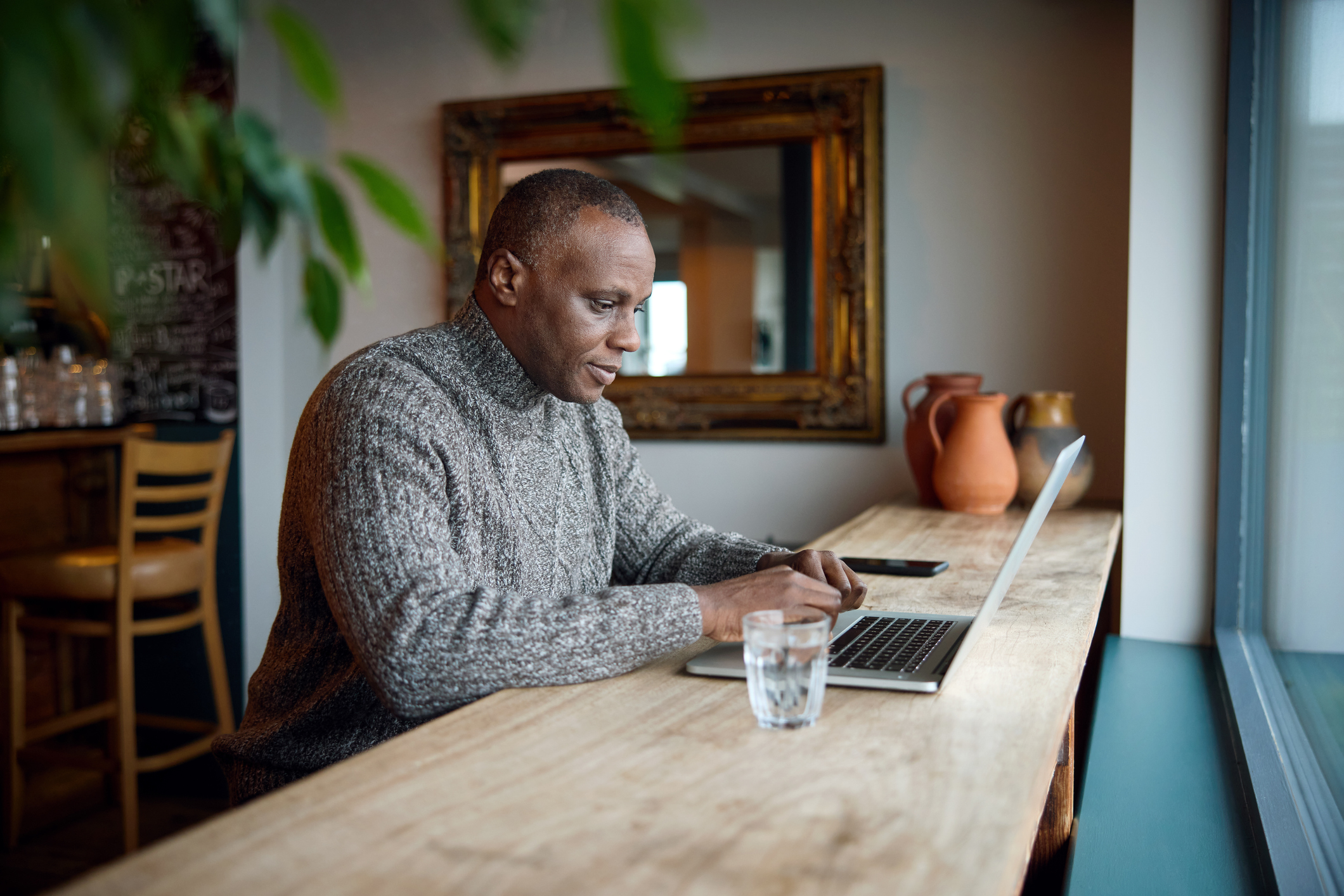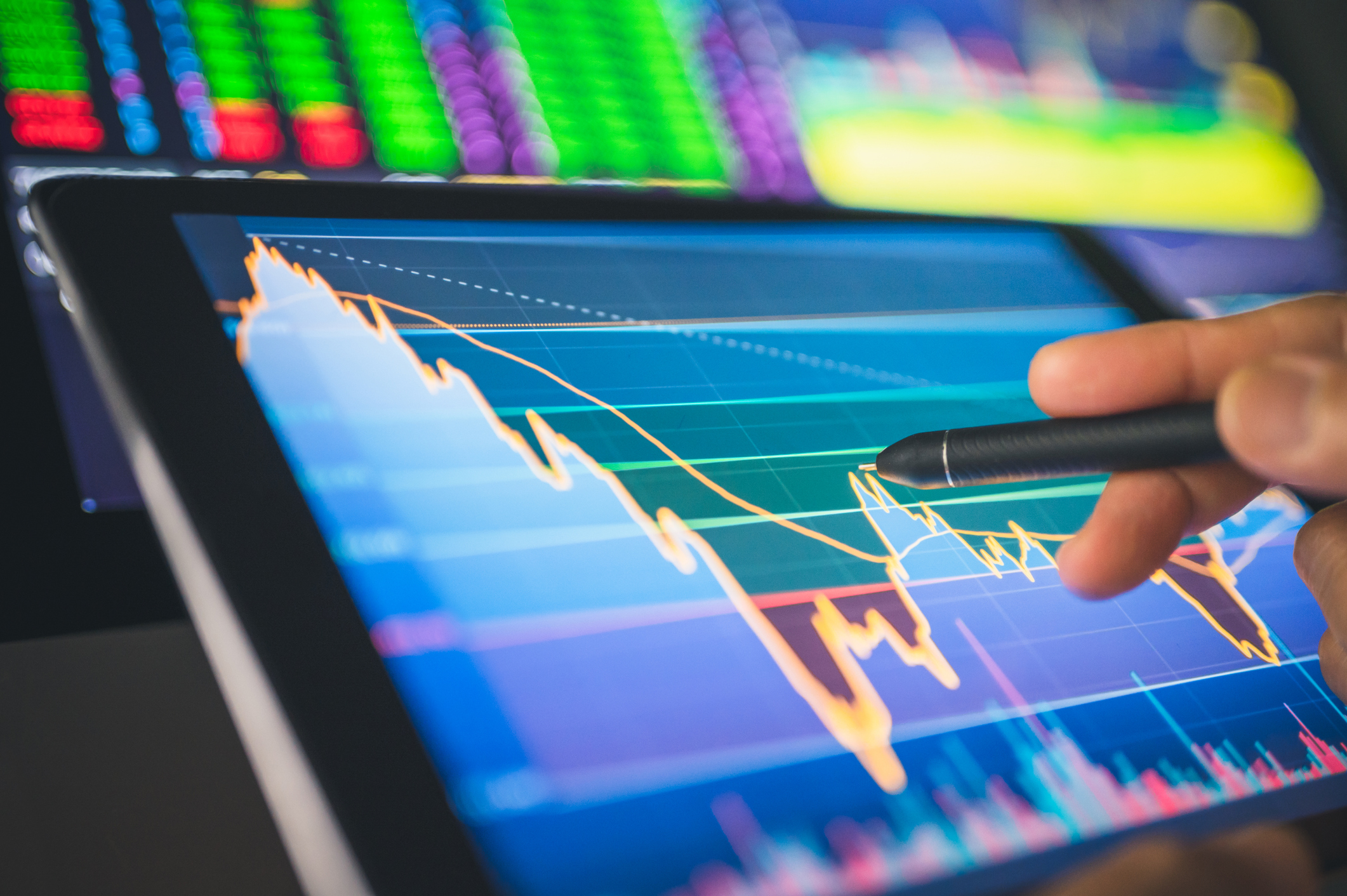October Is a Spooky Month for Stocks
Market crashes from decades ago come back to haunt investors’ thoughts every time the leaves start turning.


James Stack is a market historian, investment adviser and president of InvesTech Research, an investment newsletter with its home on the shores of Whitefish Lake, Mont., a world away from Wall Street.
After October stock market crashes in 1929 and 1987 and the October 2008 meltdown during the financial crisis, Wall Street gets the jitters this time of year. Why do past “Shock-tobers” still cause fear? I also recall 1978 and 1979 having October mini-crashettes. But it was Black Monday in 1987 [when the Dow Jones industrial average fell 23%] that cemented October’s reputation as a bad month for investors. Ever since then, whenever October nears, it brings back fears.
Can fear make things worse? Psychology plays a big role in sudden and more-severe corrections. It goes back to the saying from boxer Mike Tyson: “Everyone has a plan until they get punched in the nose.” Every novice investor is buy-and-hold through thick and thin until the market starts falling more than they thought.
From just $107.88 $24.99 for Kiplinger Personal Finance
Become a smarter, better informed investor. Subscribe from just $107.88 $24.99, plus get up to 4 Special Issues

Sign up for Kiplinger’s Free Newsletters
Profit and prosper with the best of expert advice on investing, taxes, retirement, personal finance and more - straight to your e-mail.
Profit and prosper with the best of expert advice - straight to your e-mail.
What makes October so treacherous? The summer months heading into October tend to be low-volatility months, which often is a precursor to higher volatility. The lull creates a sense of complacency for investors who expect the market only to go up. When it starts going down and drops more than 10%, you end up with an unusually large number of investors suddenly heading for the exit.
It has been a quiet year on Wall Street. Should investors be worried? The largest pullback for the S&P 500 this year has been 4.2%, and there have been only three other years with drawdowns of 4.2% or less in the past 70 years. The average intra-year drop is 13.5%. It would be logical to anticipate a larger correction at some point between now and year-end, particularly with high valuations and a high degree of exuberance and public participation. But it doesn’t necessarily mean a crash is coming.
Do past crashes have things in common? Yes. Prior to crashes in October 1929 and 1987, you had very hostile monetary climates. Interest rates were rising rapidly. In the 90 days prior to Black Monday in 1987, rates went up 1.5 percentage points. We don’t have a hostile monetary climate now, although we could see the Fed take its foot off the gas in coming months. We wouldn’t have to see much of a change in Fed policy to create a bearish climate.
Are you more worried about a Fed misstep, COVID-19 or high stock valuations? I doubt that the residual effects of COVID are going to be severe enough to cause a market panic or crash. And overvaluation doesn’t cause a bear market, but it does raise the risks that when a bear does start it can become a larger one.
So, are rising rates the main threat? That’s the one dark cloud. It worries me because nobody expects it—the Fed said it won’t start raising rates until 2023. But if the Fed is backed into a corner by inflation pressures and starts talking about raising rates by year-end, it could create havoc on Wall Street. The stock market’s dependence on today’s record-low rates makes it the most interest-rate-sensitive market in history. Monetary policy is the wild card and by far the greatest risk.
What should investors do? I’d keep more dry powder as we go through a seasonally unfavorable period, and I’d look at November or December as a time to add to positions.
Profit and prosper with the best of Kiplinger's advice on investing, taxes, retirement, personal finance and much more. Delivered daily. Enter your email in the box and click Sign Me Up.

Adam Shell is a veteran financial journalist who covers retirement, personal finance, financial markets, and Wall Street. He has written for USA Today, Investor's Business Daily and other publications.
-
 23 Last-Minute Gifts That Still Arrive Before Christmas
23 Last-Minute Gifts That Still Arrive Before ChristmasScrambling to cross those last few names off your list? Here are 23 last-minute gifts that you can still get in time for Christmas.
-
 The Rule of Compounding: Why Time Is an Investor's Best Friend
The Rule of Compounding: Why Time Is an Investor's Best FriendDescribed as both a "miracle" and a "wonder," compound interest is simply a function of time.
-
 4 Great Tools to DIY Your Own Financial Plan
4 Great Tools to DIY Your Own Financial PlanSmart Savings Several tools picked out by Kiplinger that DIYers can use to make their own financial plan.
-
 Stocks Chop as the Unemployment Rate Jumps: Stock Market Today
Stocks Chop as the Unemployment Rate Jumps: Stock Market TodayNovember job growth was stronger than expected, but sharp losses in October and a rising unemployment rate are worrying market participants.
-
 Stocks Struggle Ahead of November Jobs Report: Stock Market Today
Stocks Struggle Ahead of November Jobs Report: Stock Market TodayOracle and Broadcom continued to fall, while market participants looked ahead to Tuesday's jobs report.
-
 AI Stocks Lead Nasdaq's 398-Point Nosedive: Stock Market Today
AI Stocks Lead Nasdaq's 398-Point Nosedive: Stock Market TodayThe major stock market indexes do not yet reflect the bullish tendencies of sector rotation and broadening participation.
-
 Dow Adds 646 Points, Hits New Highs: Stock Market Today
Dow Adds 646 Points, Hits New Highs: Stock Market TodayIt was "boom" for the Dow but "bust" for the Nasdaq following a December Fed meeting that was less hawkish than expected.
-
 What to Expect from the Global Economy in 2026
What to Expect from the Global Economy in 2026The Kiplinger Letter Economic growth across the globe will be highly uneven, with some major economies accelerating while others hit the brakes.
-
 Dow Rises 497 Points on December Rate Cut: Stock Market Today
Dow Rises 497 Points on December Rate Cut: Stock Market TodayThe basic questions for market participants and policymakers remain the same after a widely expected Fed rate cut.
-
 JPMorgan's Drop Drags on the Dow: Stock Market Today
JPMorgan's Drop Drags on the Dow: Stock Market TodaySmall-cap stocks outperformed Tuesday on expectations that the Fed will cut interest rates on Wednesday.
-
 Stocks Slip to Start Fed Week: Stock Market Today
Stocks Slip to Start Fed Week: Stock Market TodayWhile a rate cut is widely expected this week, uncertainty is building around the Fed's future plans for monetary policy.